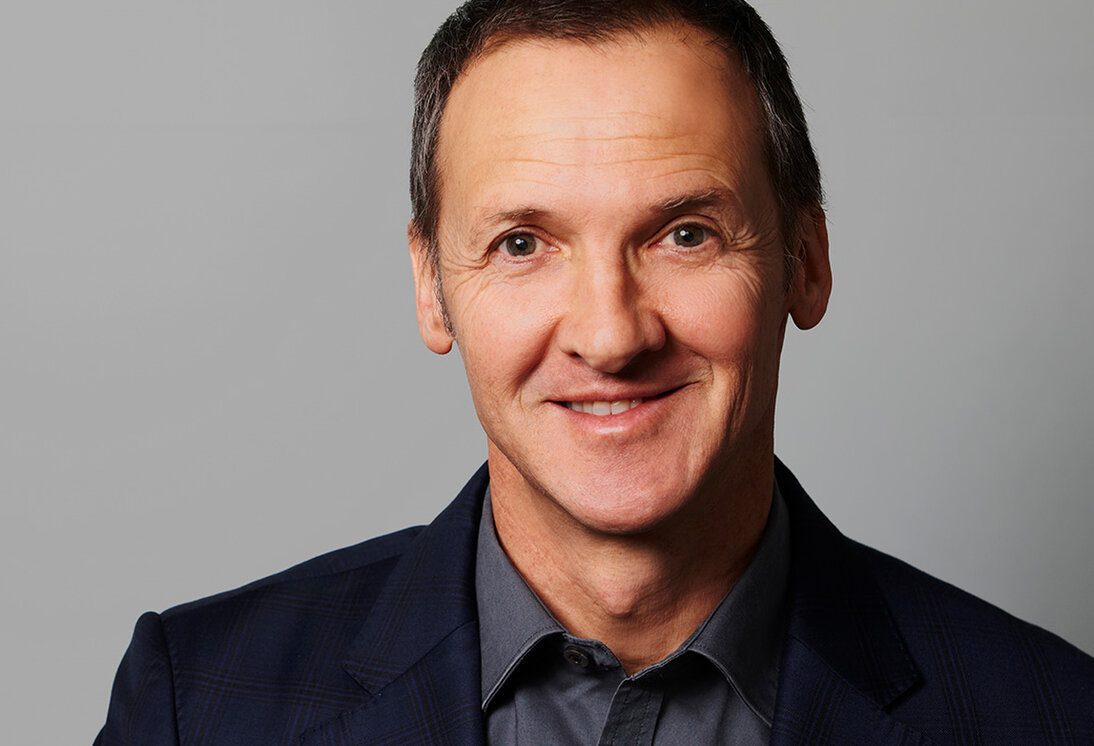Hair Loss Treatments
What is Alopecia?
Alopecia is the medical term for hair loss. As all our hair follicles are formed during fetal growth, it is inevitable that we will notice hair loss of some kind in later life. However patches of hair loss or rapid hair loss are usually signs of an isolated problem or associated with another disease or condition.
What causes Alopecia?
Hair loss may be due to:
- Increased shedding of the hair: telogen hair loss
- Decreased growth of the hair: anagen hair loss
- Conversion of thick terminal hairs to thin vellus hairs; pattern hair loss
- Congenital or acquired hair shaft abnormalities
- An inflammatory skin disease that damages or destroys the hair bulb.
What is the treatment for Alopecia?
Treatment depends on the diagnosis and condition identified by your Dermatologist.
- Infections should be treated
- Deficiencies should be remedied
- Causative drugs may be discontinued
- Inflammation can be suppressed
- PRP (Platelet Rich Plasma)
- Hair Transplant
Alopecia can be temporary or permanent, depending on the cause. An appointment with a Dermatologist is the correct course of action if you are concerned about hair loss to firstly determine the cause and discuss treatment options.
Can PRP work for hair loss?
Platelet Rich Plasma Treatments for Hair Loss
PRP is a new and promising area in hair growth and rejuvenation treatment. Simple and cost-effective, PRP is a feasible treatment option for androgenic alopecia, with high overall patient satisfaction.
Hair loss or baldness affects up to a staggering 80% of men and 50% of women during their lifetime. Though common, this condition is understandably the source of anxiety for many people. Other than a surgical hair transplant procedure, described above, treatment options have been frustratingly elusive – until now.
The evidence from research in to the use of PRP for hair loss to date is stacking up. Just last year, experts reviewed the results of twelve different studies, and the conclusion? PRP demonstrated therapeutic effectiveness for Androgenetic alopecia (AGA) in over 83% of the tests.
How Is Baldness treated with PRP?
PRP treatment for baldness is a two-step process:
- Your blood is taken in the same way as a routine blood test. A centrifuge is then used to seperate the Platelet Rich Plasma from the red blood cells.
- The Platelet rich plasma is then extracted from the collected blood and re-administered to the affected areas of the scalp via multiple tiny injections.
Each session typically takes about 60 minutes.
What can I expect after the PRP treatment?
Initially, you may have some swelling; this will gradually subside and for the first two weeks there is minimal noticeable change. Results become more visible at approximately three weeks as platelets stimulate growth factors with simultaneous hair production. This improvement will continue over the ensuing months.
Who Can Have PRP Therapy for Baldness?
While there are no explicit recommendations, the best results have been found in the following groups-
- Men and women who have experienced natural thinning and balding
- Men and women with location-based hair loss (such as the temples and crown)
- Men and women who are healthy, non smokers with limited alcohol consumption
PRP is inherently safe, as the techniques uses 100% of your own blood cells (known as ‘autologous’) it removes the risk of an allergy or rejection a foreign product. It is suitable for all skin types and safe for pregnant or breastfeeding mothers.
The best possible way to discover if PRP is right for you is to make an appointment for a free consultation with one of our experienced cosmetic nurses at the SkinCentre. Our commitment to an extremely high standard of excellence ensures you’ll get not only the best medical advice, but the best care as well.
Hair Transplant Treatment for Hair Loss
State of the art follicular technology
At The Skin Centre we use state of the art follicular technology to help you re-establish your hair.
Dr Paul Salmon of The Skin Centre has extensive experience in treating hair loss, restoring hair volume with natural-looking results.
Hair replacement surgery has seen tremendous advances in the last five years. The number of sessions required will depend on your extent of hair loss.

Dr Paul Salmon
Hair transplantation techniques
Hair transplantation involves removing small pieces of hair and follicles from the “donor area” (usually hair on the back and sides of the head) and relocating them to the bald or thinning area. This involves two distinct processes: donor harvesting and the preparation of recipient sites.
Hair transplantation is done at The Skin Centre and can take between 4 to 8 hours depending on the extent of the transplantation.
The procedure is usually done under local anaesthetic and does not cause too much discomfort. In most cases, immediately after the hair transplant the hairs fall out of the grafts, and do not regrow for 1-3 months. The donor sites gradually heal to leave slight scarring but this is concealed by “lifetime” hair growing around the site. Patients need to be aware that hair transplantation does not produce an instantaneous head of hair, but the results are seen over time.
What is hair transplantation?
Hair transplantation involves the surgical movement of “permanent” hair along with its roots to an area of bald or balding skin. Hair transplantation is used predominantly to treat the hereditary balding condition known as androgenetic alopecia – male pattern hair loss, or less often, female pattern hair loss. Patients with male pattern hair loss tend to have “lifetime” hair on the sides and back of the head, which are used as donor sites in transplantation.
Unfortunately, hair transplantation does not work on alopecia areata as the transplanted hair will not grow in the area.
